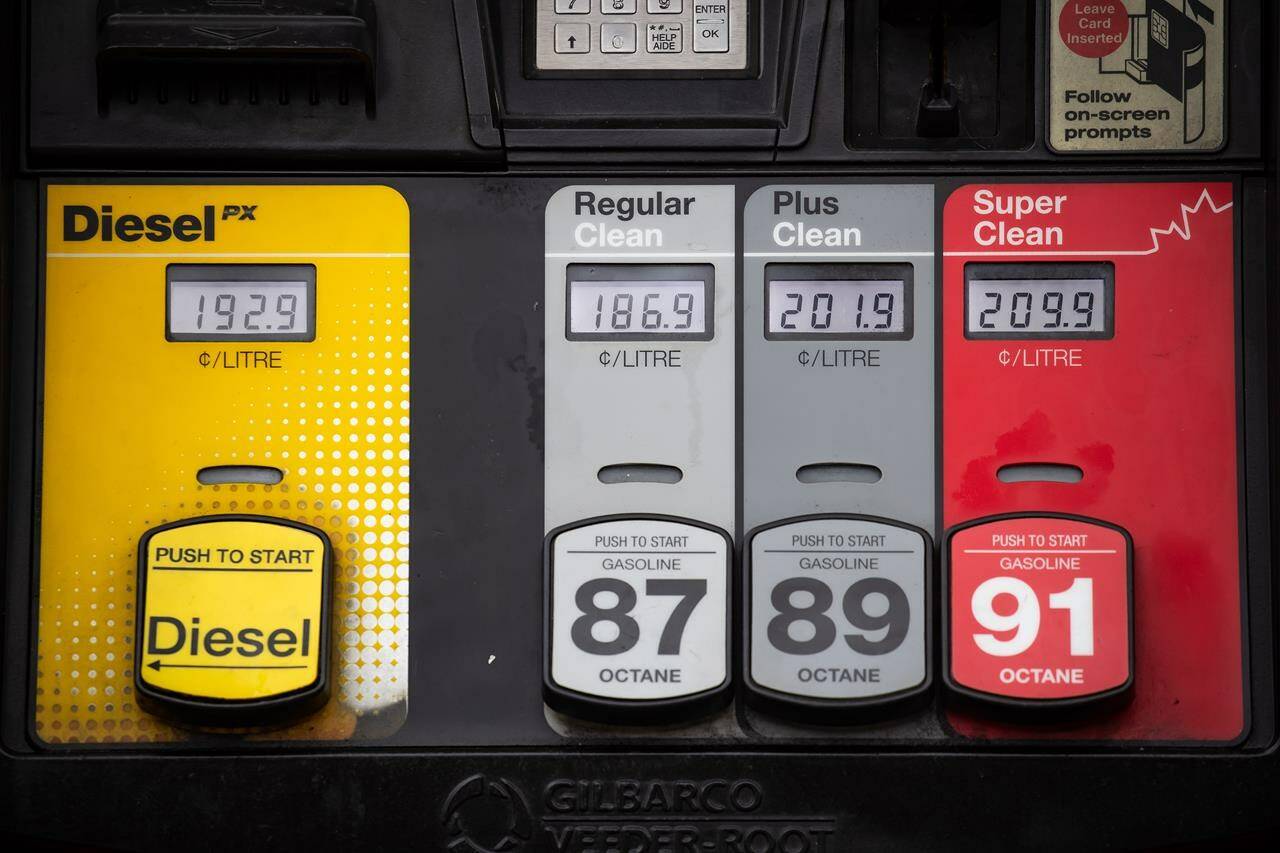B.C.’s inflation rate as measured by the Consumer Price Index rose in March by 0.1 per cent to 2.7 per cent, according to new figures from Statistics Canada released Tuesday (April 16).
This figure means that provincial inflation rate is below Canada’s rate of 2.9 per cent, up from 2.8 per cent in February, with shelter and fuel prices applying the upward pressure.
British Columbians, according to Statistics Canada, paid less for food and health care in March, but more for shelter and transportation, especially for gasoline. Gas prices rose by more than 10 per cent compared to February, as measured by Statistics Canada. This increase occurred before the April 1 increase in the provincial carbon tax.
Excluding food and energy, British Columbians paid just about as much for all items in March 2024 than in February 2023.
RELATED: B.C. homebuyers waiting on Bank of Canada to drop rates: economist
Compared to other provinces, B.C. finds itself in the middle when it comes to inflation. Manitoba’s inflation rate rose the least with 0.8 per cent in March, down from the 0.9 in February 2024. Alberta recorded the highest increase of all Canadian provinces with 3.5 per cent, down from an increase of 4.2 per cent in February.
These numbers will help shape the Bank of Canada’s decision around its overnight lending rate with banks setting their mortgage and interest rates after the overnight lending rate.
While experts have been predicting a cut in the overnight lending rate, the new figures for March may change the Bank of Canada’s direction.
The Bank of Canada will announce its new rate in June.

